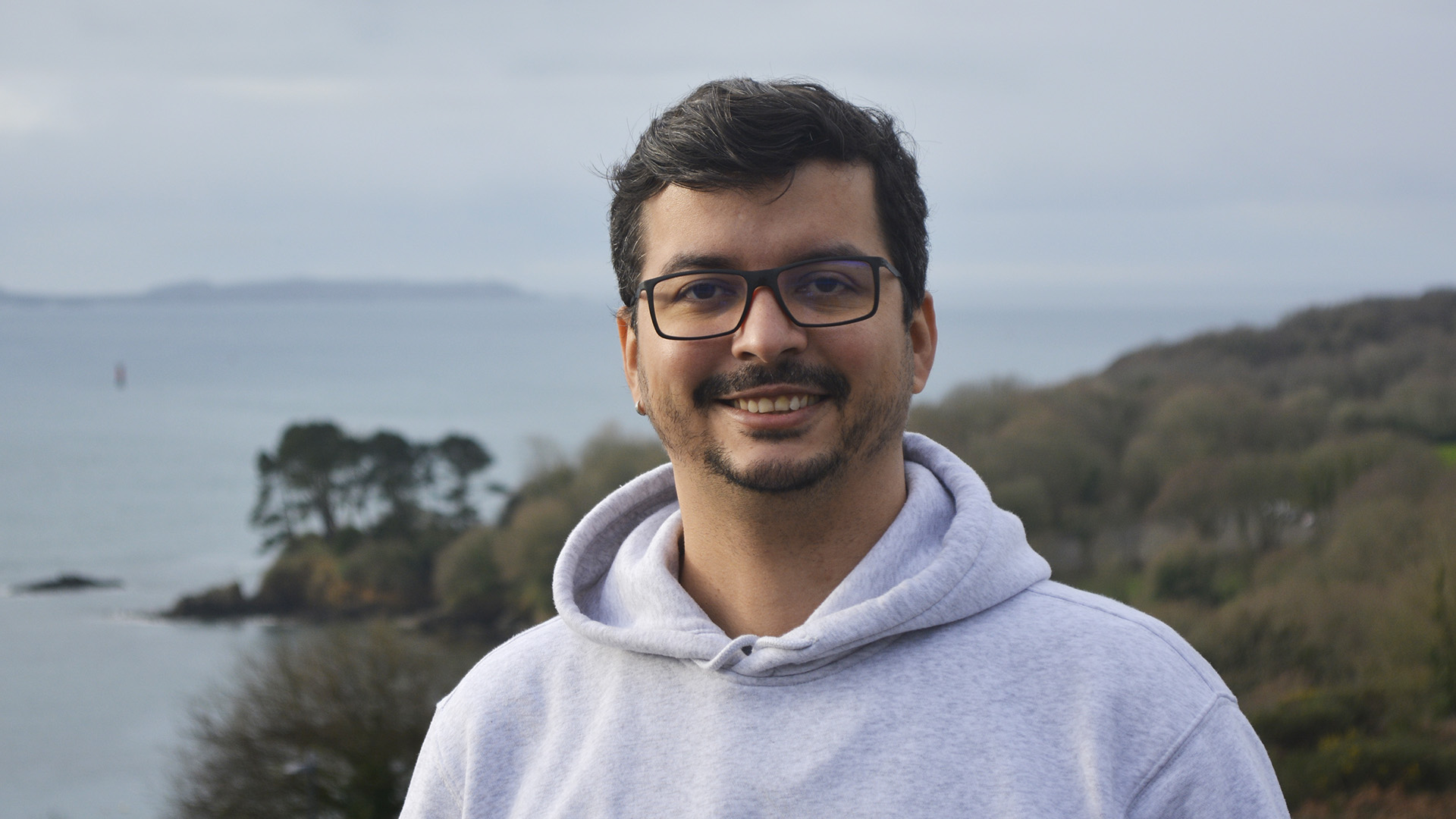Fernando Ramos Queiroga, marine biologist, working on the reproduction of bivalves

Dr Fernando Ramos Queiroga is a marine biologist working on bivalve reproduction and the potential impact of toxic microalgae. He started the BiRHaM project in January 2022 at the LEMAR laboratory at the University of Western Brittany.
[Team BIENVENÜE] Hello Fernando, how did you become interested in this research topic?
[Dr Fernando Ramos Queiroga] I have always been interested in aquaculture and would like to improve its functioning and the management of marine resources especially based on information from cell physiology and molecular biology analyses. As a biologist, I started my career working with fish reproduction and, at Masters and PhD level, I worked on the immunology and pathology of bivalves, especially oysters. Molluscs are easy to rear, require few resources and do not need additional food, as they are fed by filtration. During my master’s degree, my PhD and then my post-doctorate in Brazil, I collaborated with researchers from LEMAR laboratory, including my current supervisor Hélène Hégaret. They work on toxic microalgae, whose large proliferation can have a harmful effect on marine life and aquaculture yields.
What will you study during the BiRHaM project?
I want to observe the effects of different types of microalgae on commercially important bivalves: mussels, scallops, oysters… In particular, I will be interested in the effects on their reproduction and their embryonic and larval development. Through experiments, I will be able to cross-reference and evaluate the interactions between potentially toxic microalgae and bivalves with regard to their reproduction. I hope to be able to identify and quantify the physiological mechanisms of influence, in order to be able to inform professionals and public authorities about the impacts that certain species of microalgae can have on their production. With this information, it would be possible to anticipate, prevent or reduce the economic losses resulting from the appearance and proliferation of these microalgae.
You will be working with many actors…
First, I will continue to work with Brazil, taking advantage of the long-standing cooperation between the CNRS and its Brazilian counterpart, the CNPQ. Studies are planned with the Federal State University of Rio de Janeiro (UNIRIO), in the city of Rio de Janeiro. As some of the techniques have been developed at the LEMAR laboratory, we intend to test them at UNIRIO with toxic microalgae and bivalves present both in Rio de Janeiro and in Brittany.
I will also do an internship at the Ecloserie du Tinduff, a cooperative in Finistère, in order to learn more about industrial aquaculture processes and to be able to direct my future research accordingly.
Do you have a recommendation for the curious reader?
For a didactic vision of the culture of bivalves, I propose this video, which shows and explains the different steps of the production of oysters and mussels.
To learn more about toxic microalgae, the causes of their proliferation and the associated problems, I suggest this video.
Thank you Fernando !